
This week I successfully lobbied my colleagues to direct our representatives on the “2+2” — the joint subcommittee of the Council and the School Board — to discuss ways of providing some financial support to the San Carlos School District.
What form that will take, how much it will be, and whether we ultimately provide the help remain to be determined. But public actions start with public discussion, and I’m glad the Council chose to start the process.
Background
For most of their histories neither the City nor the District have been well-funded. The both lived hand to mouth. But while each saw funding declines after Prop 13 passed the impact on the District was worse.
Public school districts in California are funded almost exclusively by property taxes and state grants1. Cities get a share of property taxes, too. But they also receive a share of sales taxes, developer fees, hotel taxes, etc. It makes their funding more robust2.
Good Financial Management, Strong Community Support
In addition to being frugal, and the community supporting it via parcel taxes and school bonds, the District also pursued some clever strategies to raise more money to offer better and richer educational programs.
First, it utilized California’s charter school laws. In California charter schools are funded at the average “revenue-limit” rate for all school districts3. The details of that calculation don’t matter, except for this: until very recently San Carlos’ “revenue limit” was lower than the state average. Converting to charter schools qualified the District for more state funding.
Second, dedicated San Carlans created one of the best-funded education foundations in California. The San Carlos Education Foundation raises well over $2,000,000 per year for our public schools.
Lastly, the District embarked on a novel approach of offering pre-school, after-school and summer services. These were well-received by the community4 and raised money for the general education program. The District also rents out its facilities, when it can, to raise more money.
The Current Crisis
While this was going on the state began re-allocating school funding to districts with larger “at risk” student populations than San Carlos. Required pension and retiree medical program contributions also increased. San Carlos’ overall state funding got reduced even while inflation — a particular challenge in a high cost of living area like ours — was increasing costs.
All of this created a financial challenge the District had to meet. It began doing so in earnest last year.
And then Covid-19 struck.
The pandemic has been terrible for almost everyone and every organization. It’s been particularly bad for the District. Its renters can’t pay to utilize District facilities, the ancillary programs (e.g., childcare, pre-school) are shut down, its costs are going up both to combat the crisis and to figure out how to provide public education in a pandemic-dominated world and its philanthropic base is being severely stretched because of all the other important community needs (e.g., food banks) the pandemic has created.
No Good Choices… and a State Takeover?!?
The District is reconfiguring itself to provide education next year in a safe, affordable way. There’s a lot of uncertainty because no one is sure what the ground rules5 will be.
Unfortunately, their financial situation, which was precarious even before Covid-19, means a lot of important things — libraries, art/music enrichment, science/technology training — are at risk.
There’s also a possibility the state may be required, by law, to intervene. Historically such interventions involve drastic curtailment of many things San Carlos has come to expect from its public schools. While that’s unlikely to happen today — there are a lot of districts that will likely be subject to state intervention — it would still be a bad thing for our public schools.
What Can the City Do?
That’s the scope of the problem our community faces with its public schools. But it doesn’t explain why I believe the Council should consider helping the District. They are two different public agencies, after all, which deliver different public services.
But they each serve essentially the same community. Virtually every family with kids in the District lives in San Carlos. A District problem is a San Carlos problem.
There’s also what I think of as the humanitarian argument. If my neighbor was starving, and I had enough food6 I’d offer some to him/her. Because it’s the decent thing to do. And arguably part of what it means to be part of The City of Good Living, where we try to not only get along with our neighbors but look out for each other to the extent we can.
But the city helping the District is also in the city’s self-interest. The main reason homebuyers seek out San Carlos is because of our excellent public schools7. Being an attractive destination also attracts businesses, hotels, etc., all of which help fund civic services without raising taxes. As goes the District, so goes (pretty much) the City.
So helping the District in its time of need is both the right thing to do and the smart thing to do. That’s why I urged my colleagues to look into how we could help. I’m glad they agreed.
Stay tuned.
There is some Federal funding as well but San Carlos isn’t eligible for most of it. And don’t get me started on “the lottery” — the amount of money the District gets from the lottery is probably only about 10% of what local residents donate philanthropically through the San Carlos Education Foundation. “Education funding by the lottery” was a brilliant political move…to get the lottery approved by voters. It’s had very little practical impact on education funding. ↩
To the extent a community opts to allow commercial and/or hotel development it can also grow its revenue base without raising taxes. School districts can’t do that, although they benefit from some of those expansions. ↩
Revenue limit is an outmoded term. But it’s the one I’m familiar with so I still use it. ↩
oversubscribed in some cases ↩
How much student/teacher interaction of what kinds, for example ↩
even if I still faced some risk of running out ↩
I don’t mean to insult the great work done by city staff. But the city services are all things people come to enjoy and appreciate after they move here. It’s not generally that big a factor in attracting them in the first place. Every realtor I’ve ever spoken to about this confirms it. ↩
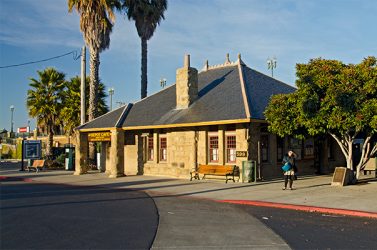
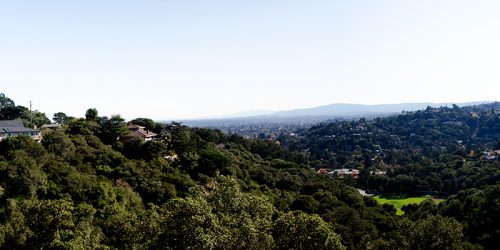
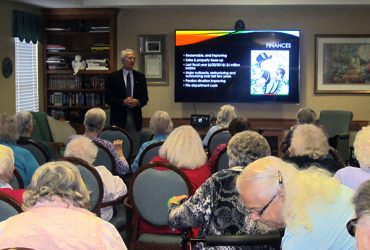
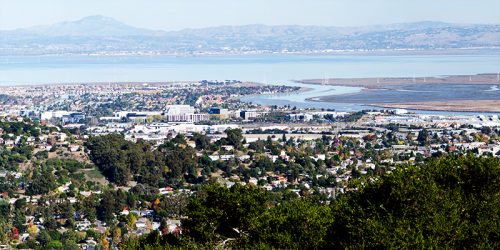
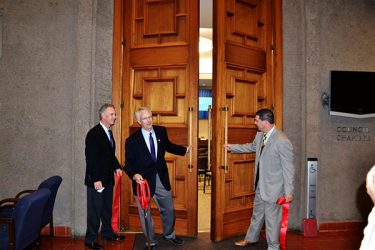
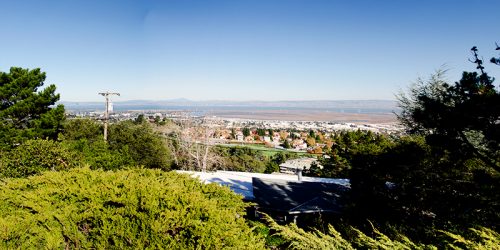

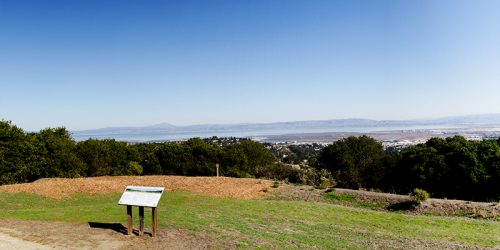
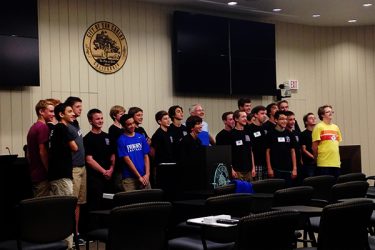
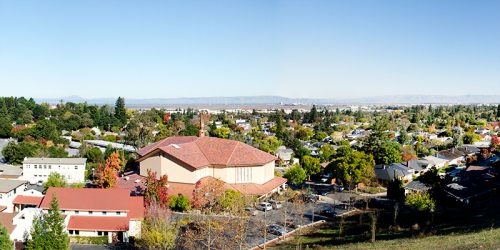
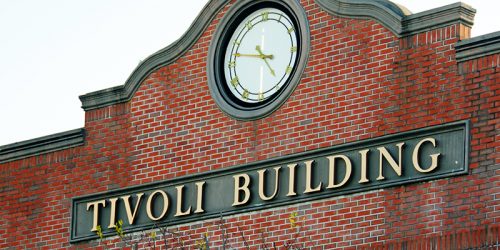
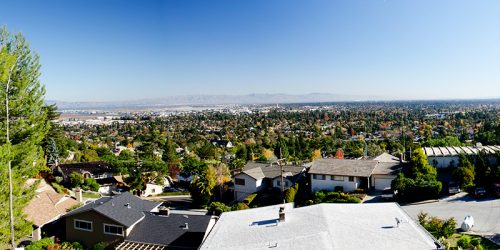
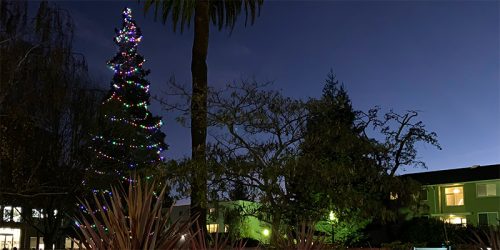
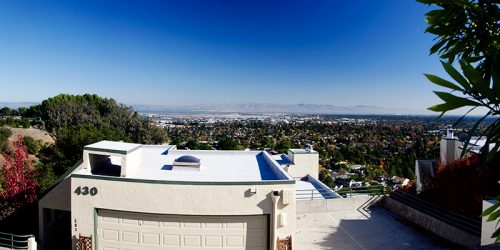
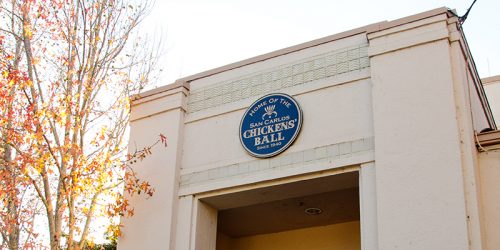
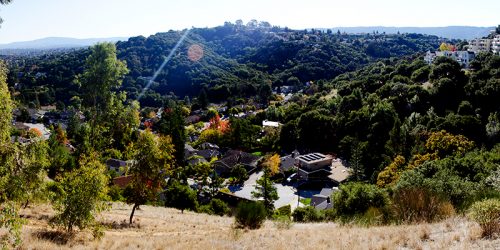
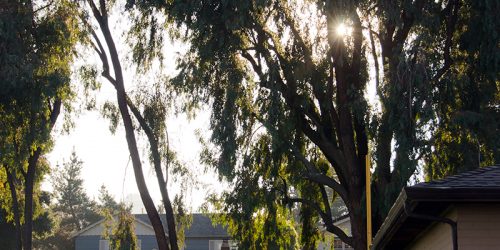
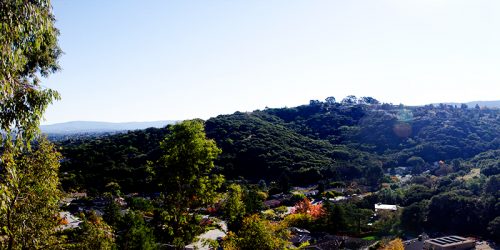
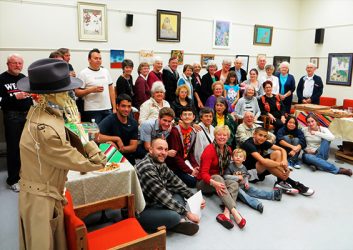
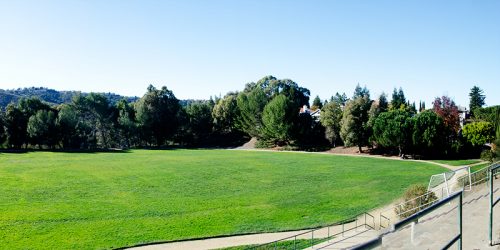
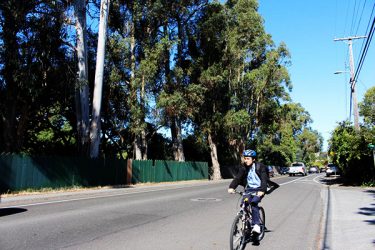
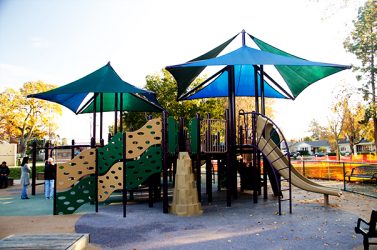
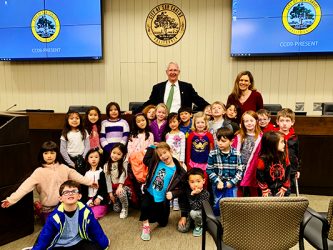
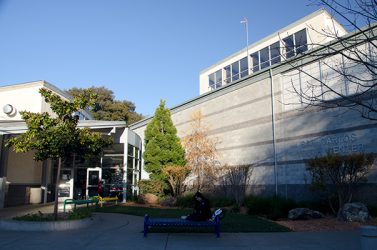

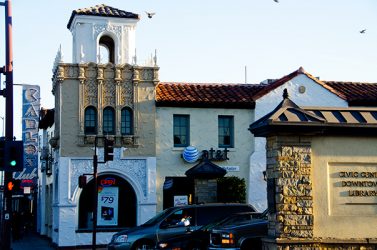
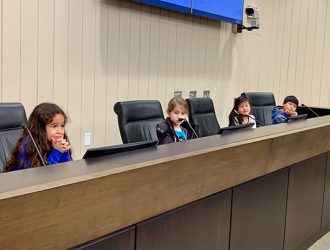

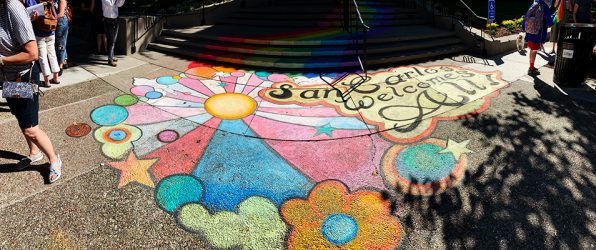
4 thoughts on “Lending a Hand in a Time of Need”
Being a long-term resident of San Carlos, we came for schools 30+ years ago. We support the schools are I’m even employed by the school now but great schools make an even greater city. I think a great city and a great school district go hand-in-hand and I hope that there’s a way that the city can loan San Carlos School District some money until we are through this fiscal crisis
Mark
All good comments. I guess I am old enough to remember a time when WE the voters were asked to legalize the state lottery… The selling point was a solemn promise that half the proceeds would go to the schools…. What happened to all that money??????
Hi Tom,
The money was paid out. Schools are getting 50% (or maybe a bit more) of total lottery receipts. The brilliant politics I was referring to was that the lottery was positioned as “this will help/save our schools”…meaning “taxes won’t need to be raised to help the schools”. There was a very fine line walked between “help” and “save”, with the official position of the lottery boosters being “help” while the unofficial position was “save”.
When I was a District trustee I used to get letters from people, every time we put a parcel tax or bond measure before voters, about “but what about the lottery money? why are you wasting it so that you have to ask for higher taxes?”
The money wasn’t wasted. There just wasn’t enough of it, and never was.
https://www.cde.ca.gov/fg/aa/lo/ceflottery.asp is an interesting site if you haven’t come across it before. It lays a lot of this out. In 2017/18 the lottery contributed roughly $216 for each child in a K-12 public school. To put that in perspective the San Carlos Education Foundation contributed about $700 per child and the parcel taxes the community authorized contributed another roughly $700 per child (that’s based on a 3,500 student enrollment and doesn’t reflect the recently-approved increase in parcel taxes).
I think that we have to help the school district out in the short term, so long as there is a plan in place to over come these new challenges. Schools are what attract new people to a community, and they’re a critical service to existing residents.